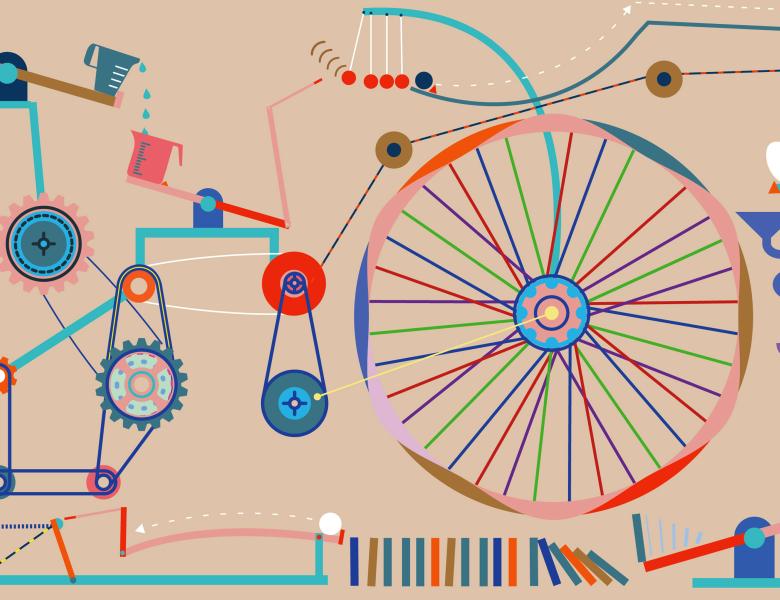
Abstract
We will cover the fundamentals of designing experiments (i.e., picking interventions) for the purpose of learning a structural causal model. We will begin by reviewing what graphical information can be learned from interventions. Then, we will discuss basic aspects of different settings for experimental design, including the distinction between passive and active settings, possible constraints on the interventions, and the difference between noisy and noiseless settings. After establishing basic nomenclature, we will spend the bulk of our time on a survey of strategies for passive and active experimental design in the noiseless setting, emphasizing general techniques for obtaining theoretical guarantees. We will conclude with a discussion of “targeted” experimental design, in which case the learning objective may be more specific than completely learning a structural causal model, and review the potential complexity benefits.


